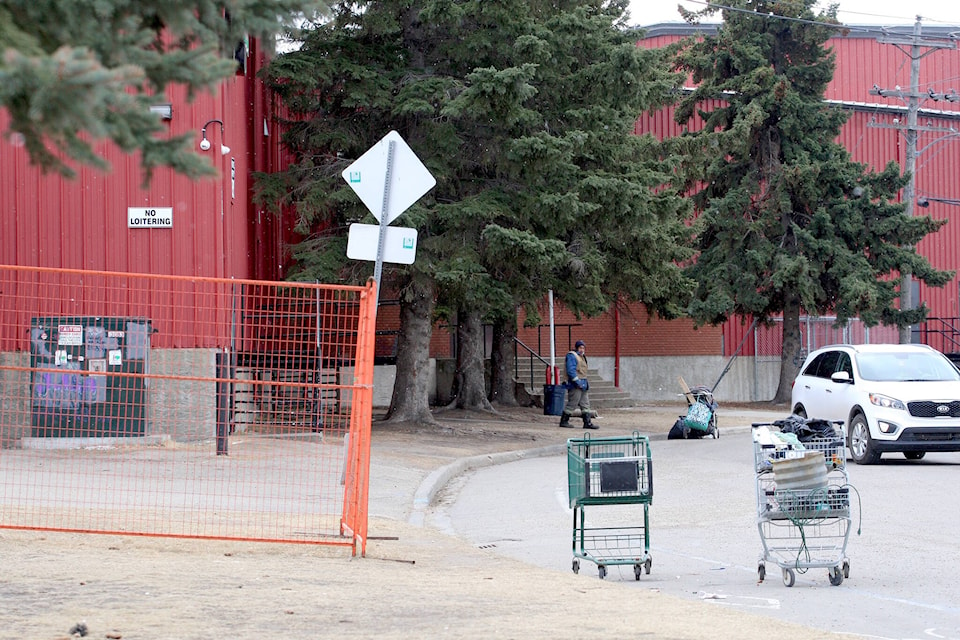The City of Red Deer has yet to find a solution for how it will assist the vulnerable population once the temporary shelter at Cannery Row closes on Sept. 30.
City officials, as well as provincial representatives and community organizations, met on Wednesday to discuss the fallout of closing the temporary shelter.
Since the emergency temporary shelter was established in March 2020, in response to COVID-19, city administration tracked usage of the shelter.
According to the city, the site has seen between 29 to 81 people seeking overnight shelter and services at Cannery Row, with an average overnight usage by 49 individuals.
With the shift back to the original shelter site, there will be a capacity of 26 spaces for overnight shelter, potentially having up to 55 of Red Deer’s most vulnerable citizens turned away heading into the winter.
“Overwhelmingly, the consensus in the room of more than 30 representatives from social-focused agencies agree that Cannery Row, or a comparable site, should be operational until a permanent solution is found,” said Kristin Walsh, safe & healthy communities manager.
“Aside from this, there is not a feasible solution that was determined that would fill the service gap and the anticipated challenges that will come starting Oct. 1.”
At the meeting Wednesday, the group determined a list of potential issues that could arise from the gap in service provision starting Oct. 1.
There are concerns about increased pressure on the capacity of Mustard Seed, other shelters, emergency services, compliance and support services; lack of safe spaces for people experiencing homelessness, leading to increased loitering and rough sleeping; losing significant shelter capacity for people in need, and a lack of daytime supports; an increase of urban encampments without direct access to support services and increased health risks resulting in negative impacts to underserved clients and the healthcare system.
The city said an emergency shelter working group will be assessing the feasibility of the ideas brought forward. There will be an opportunity for the broader community to contribute their ideas and to be involved in the near future.
“Administration will continue to work with the community to serve vulnerable Red Deerians and keep people healthy and safe, while mitigating the risks as they arise,” said acting interim city manager Sarah Tittemore.
“(Wednesday) was just the first step in planning for Oct. 1 and beyond; we believe that in working with community organizations and Red Deerians, is the only way to help our most vulnerable through this uncertain time.”
